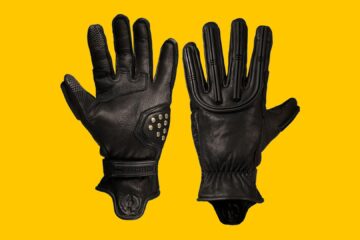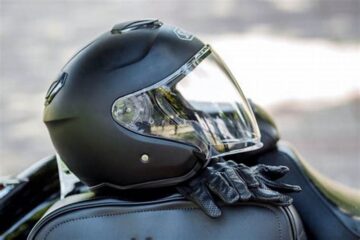Selecting the right helmet is crucial for safety and comfort when riding. Different helmets cater to various riding styles, from casual commuting to high-speed racing. Here’s how to choose the perfect helmet based on your riding needs.
Understand Your Riding Style
Before choosing a helmet, identify your riding style. Each style has specific helmet features designed for safety and comfort. Common riding styles include:
- Commuting: For daily city riding.
- Sport Riding: For high-speed and aggressive riding.
- Touring: For long-distance travel.
- Off-Road: For dirt biking and trail riding.
Understanding your needs helps you select a helmet that enhances your riding experience.
Helmet Types and Their Features
Different helmets are designed for specific purposes. Here’s a breakdown of common types:
- Full-Face Helmets: Provide maximum protection with a complete cover of the head, face, and chin. Ideal for sport and touring riders.
- Modular Helmets: Combine the features of full-face helmets with a flip-up chin bar. Good for touring and commuting.
- Open-Face Helmets: Cover the top, back, and sides of the head but leave the face exposed. Best for casual riding.
- Off-Road Helmets: Feature a visor and extended chin protection, designed for dirt biking and off-road adventures.
Choose a helmet type that matches your riding style and provides the necessary protection.
Consider Safety Standards
Safety is the top priority when choosing a helmet. Look for helmets that meet recognized safety standards. Common certifications include:
- DOT (Department of Transportation): Standard for helmets in the United States.
- ECE (Economic Commission for Europe): International standard for helmet safety.
- Snell: A high standard for helmet impact protection.
Ensure the helmet you choose has the appropriate certification for your region and riding needs.
Ensure a Proper Fit
A helmet must fit correctly to offer optimal protection. Follow these steps to ensure a good fit:
- Measure Your Head: Use a tape measure to find the circumference of your head just above your eyebrows.
- Try Different Sizes: Helmets come in various sizes. Try several to find the best fit.
- Check the Fit: The helmet should fit snugly without being too tight. It should not move when you shake your head.
- Adjust the Straps: Ensure the chin strap is secure but comfortable. The helmet should not shift during riding.
A proper fit enhances safety and comfort, reducing the risk of injury.
Evaluate Comfort and Ventilation
Comfort is essential for long rides. Look for helmets with features that enhance comfort:
- Padding: Choose helmets with removable and washable padding for better hygiene and comfort.
- Ventilation: Good airflow helps keep you cool. Look for helmets with adjustable vents and air channels.
- Weight: A lighter helmet reduces neck strain. Balance weight with safety features for optimal comfort.
Comfortable helmets make riding more enjoyable, especially on long trips.
Consider Additional Features
Some helmets come with additional features that may benefit your riding style:
- Built-in Bluetooth: Allows hands-free communication and music while riding.
- Sun Visor: Provides protection from glare without needing additional eyewear.
- Pinlock Lens: Prevents visor fogging in varying weather conditions.
Choose features that enhance your riding experience based on your preferences and needs.
Final Thoughts
Choosing the right helmet involves considering your riding style, safety standards, fit, comfort, and additional features. A well-chosen helmet enhances safety, performance, and enjoyment on the road. Invest time in finding the perfect helmet to ensure your rides are safe and comfortable. With the right helmet, you can ride with confidence, knowing you have the best protection for your style.


